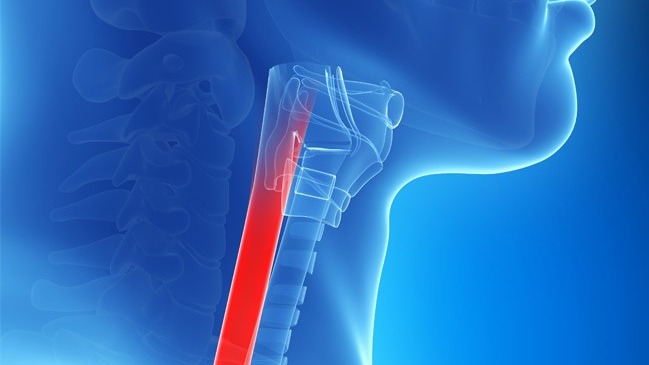
Know About Dysphagia
If you have difficulty swallowing, the medical term for the condition is dysphagia. Those with the condition often swallow a lot slower than other people and may experience pain when doing so (odynophagia).
Dysphagia can lead people to avoid certain foods and experience excessive weight loss in the process. The condition can also cause heartburn, acid reflux, and dehydration.
For those who have just been diagnosed or are concerned about a friend or family member, here’s everything you need to know about the condition.
Symptoms of dysphagia
People with dysphagia often feel like they have food stuck in their throats.
Another symptom is excessive saliva production which can often lead to drooling if you’re not regularly swallowing.
Another serious symptom of dysphagia can be aspiration pneumonia. Those who struggle with swallowing may inhale food and drink that then go down the ‘wrong hole’. This can cause food to get stuck in the lungs and cause infections like pneumonia.
What causes dysphagia?
There is no one thing that can cause dysphagia to develop. It is often a secondary condition that develops from an underlying issue.
Those who suffer from a neck injury, developmental issues, or neurological diseases can all experience dysphagia in short bouts or long term.
Throat and mouth cancer can cause scar tissue and tumors in the esophagus, which can inevitably make swallowing harder. The scar tissue can develop through radiation used in cancer treatments.
Neurological disorders like Parkinson’s disease can affect the functions of the throat and weaken the muscle to make swallowing difficult. Similarly, a brain injury or stroke can stop the brain from signaling to the muscles to properly swallow.
Treatment for dysphagia
Depending on the cause of dysphagia, the treatment can vary.
The main treatment method is exercises to strengthen the muscles so that swallowing becomes easier. Working with a speech therapist, you’ll learn different exercises to work the mouth, tongue, and throat, as well as how to improve your posture to make swallowing easier.
For those with esophageal spasms, prescribed muscle relaxers can sometimes cure the issue.
In other situations, it is merely a case of managing the condition. This can be done with drinking aids, food and liquid thickeners, and backrests to improve posture.
SimplyThick, for example, is a great way to continue enjoying the taste of all your favorite foods both in and out of the house. Gels and sachets are available that can be discreetly added to meals to help you manage the eating process.
Testing for dysphagia
If you think you may be suffering from the condition, the most common diagnosis test is the barium swallow. This involves drinking a solution that is visible on an x-ray. The test will track the liquid on its journey to the stomach to help physicians see where exactly the issue is occurring.
If a doctor suspects the issue has been caused by a physical blockage or weak muscles, they may do an endoscopic visual examination.
Another test used to diagnose dysphagia is a manometry. In this procedure, a thin tube and pressure gauge is inserted into the esophagus to test the strength of the throat muscles as you swallow.
This brief overview should have given you a little more insight into managing and living with dysphagia.





More Stories
Is Vaseline an Indian Company? True or Not
Hrms Login Medicover – Tips and General Step to login
wheonx health: Latest Health News Portal